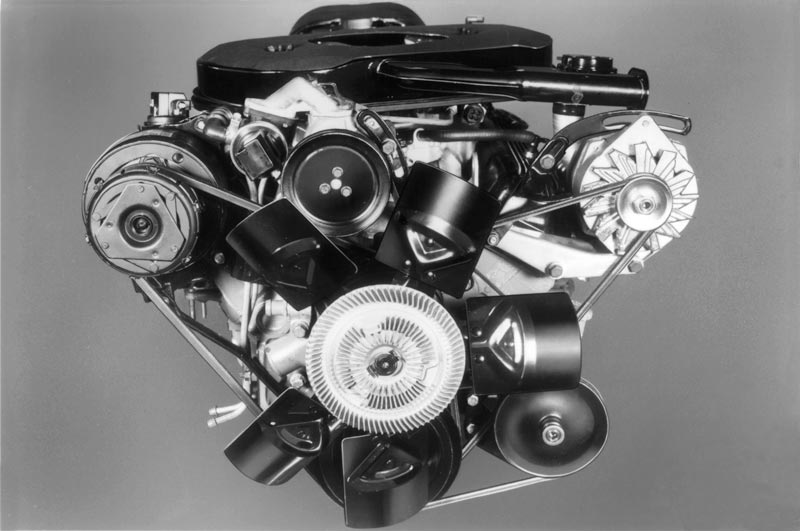Chevrolet L83 Engine Ultimate Guide
Throughout the years, the Corvette has served a testbed of sorts for all that is new and exciting within the realm of GM engine design and development. In the process, the engine bay of America’s iconic sports car has been the home to numerous legendary powerplants, as well as several engines that have received more than their share of criticism.
In the case of GM’s L83, 350 small-block V8, the latter tends to ring true. Offered for only two years (1982, 1984), the L83 featured GM’s newly designed Cross-Fire Fuel Injection system and is often referred to by critics as being one of the most unworthy engines to ever find its way under the Corvette’s hood. However, this begs the question of whether or not the L83 was truly deserving of the mockery which it often received.
No Subscription? You’re missing out
Get immediate ad-free access to all our premium content.
Get Started



